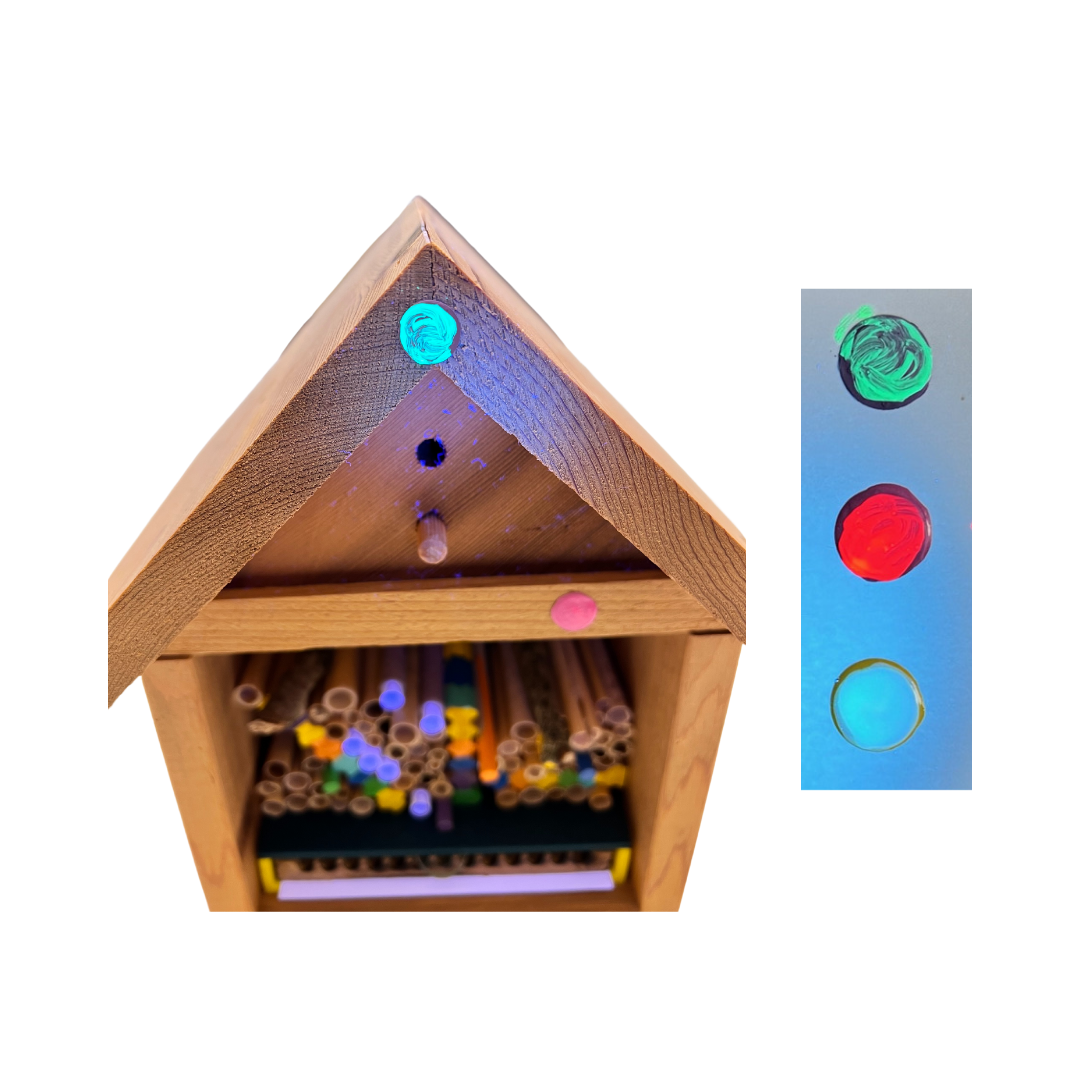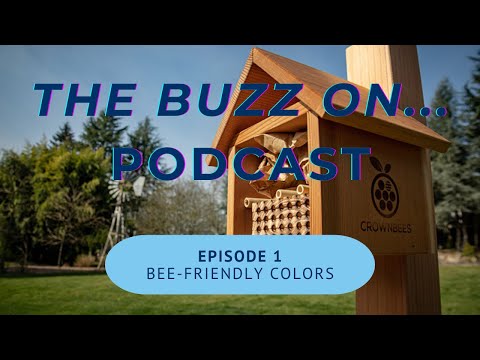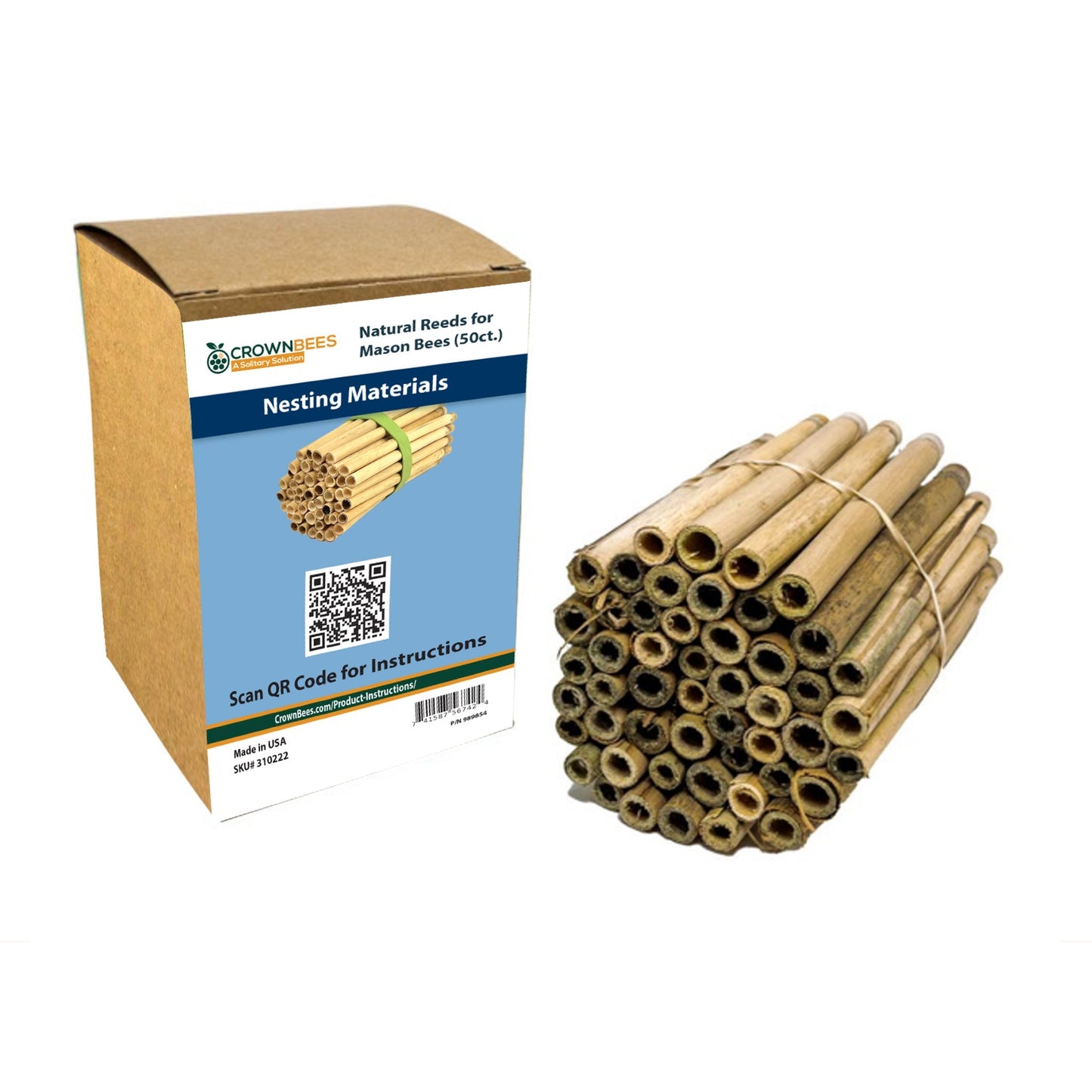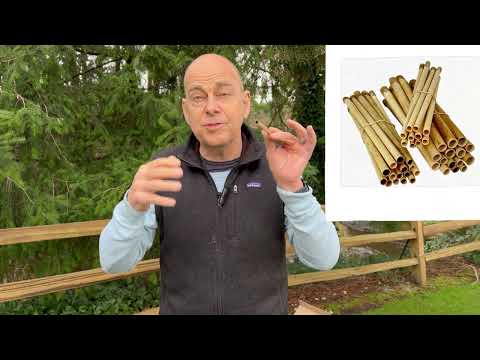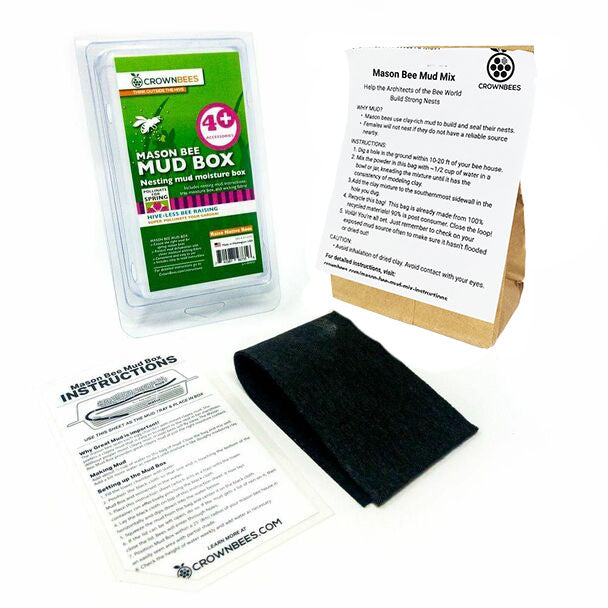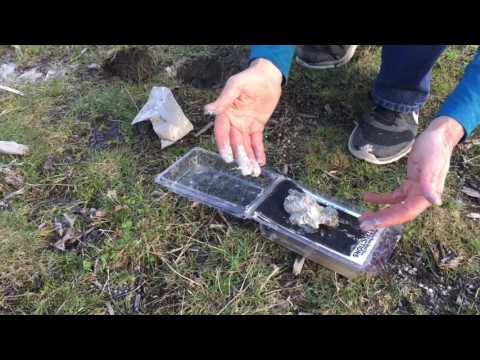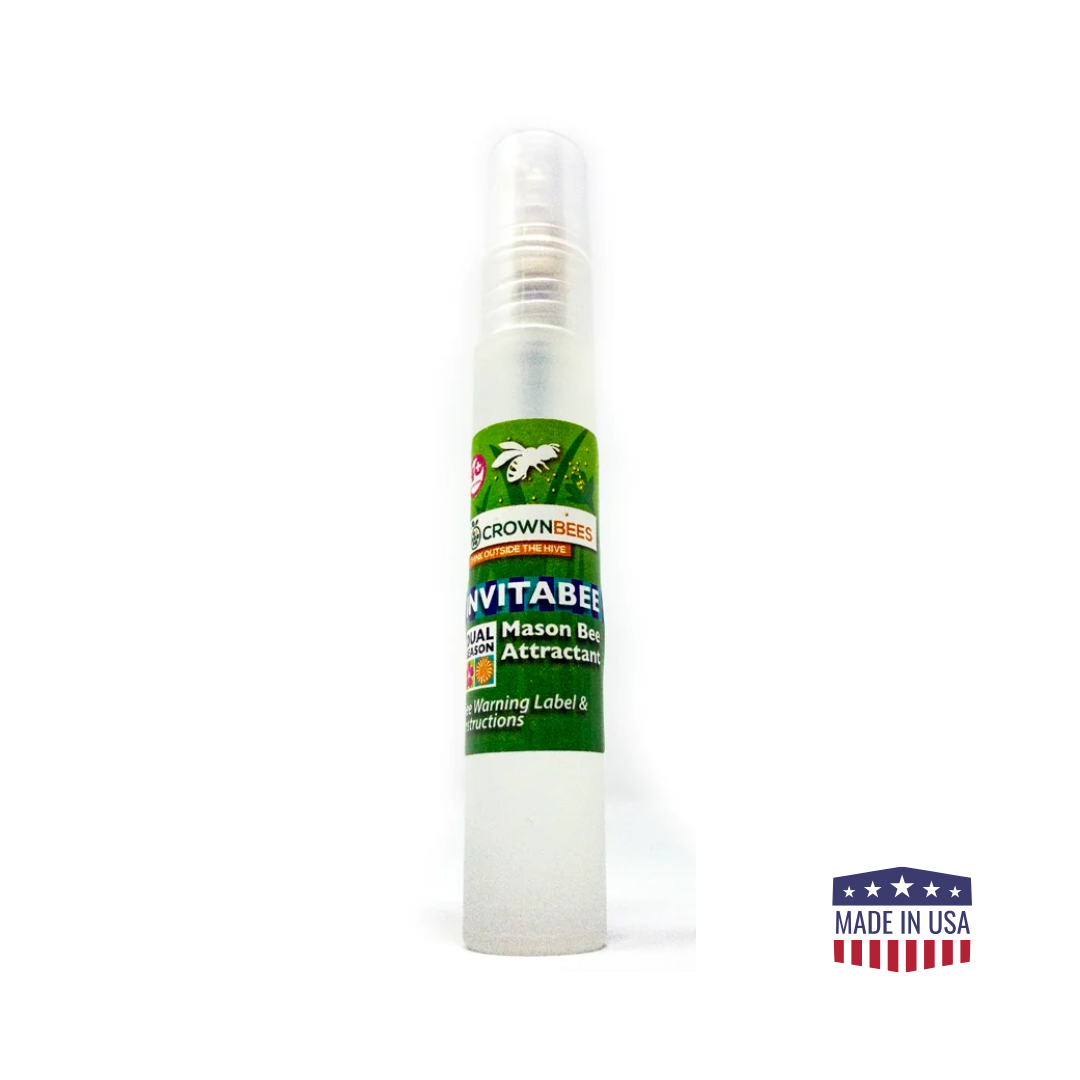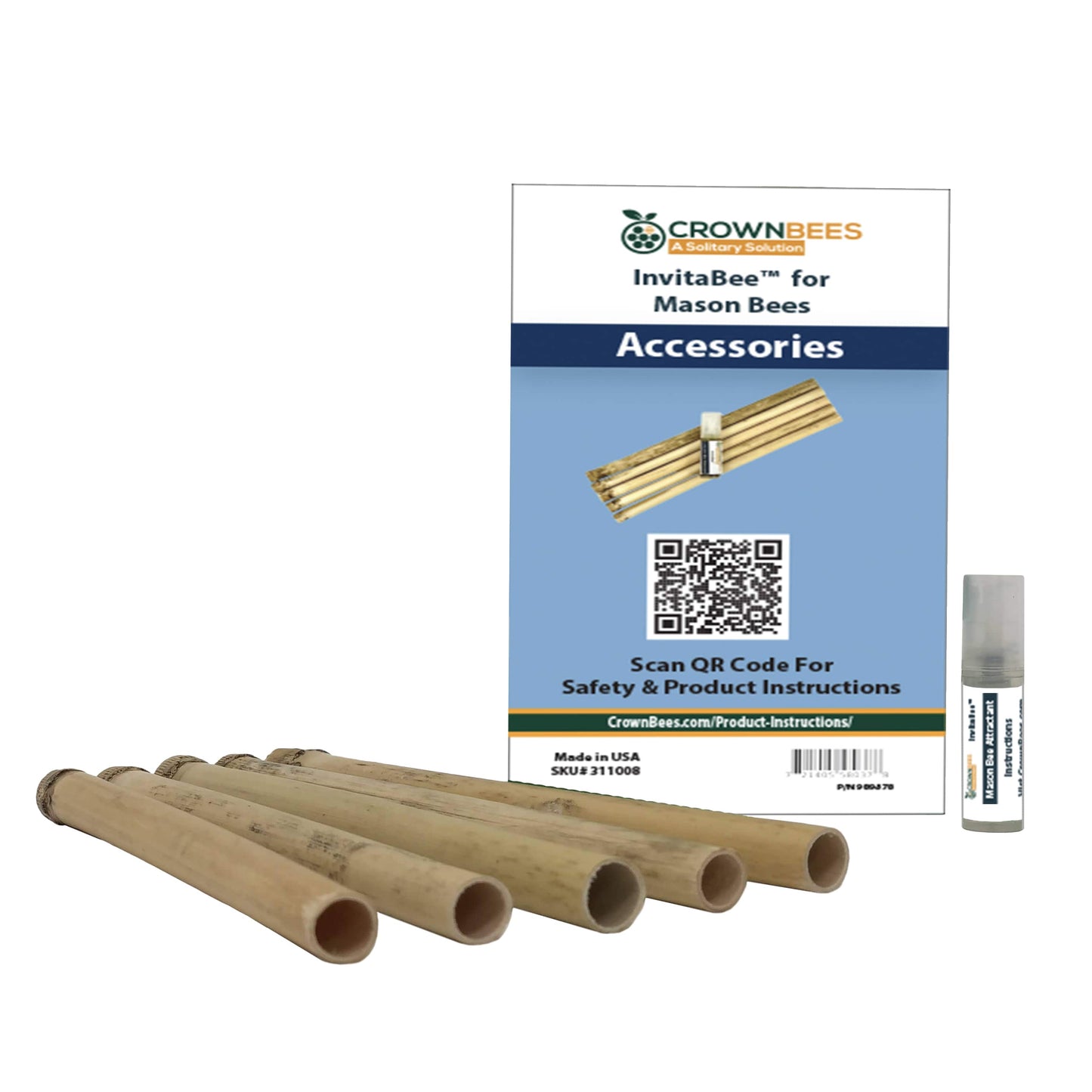What Are Mason Bees?
Mason bees are solitary, cavity-nesting pollinators that play a crucial role in your garden's health. Known for their gentle nature and impressive pollination abilities, these bees are incredibly efficient—pollinating up to 95% of the flowers they visit.
Unlike Honey bees, Mason bees don’t live in colonies, but instead, each female builds her own nest to raise her young. By welcoming Mason bees to your garden, you're not only supporting the local ecosystem but also boosting your garden’s productivity with exceptional natural pollination.
North America is home to a diverse array of Mason bee species, all belonging to the genus Osmia within the family Megachilidae. Each of these species plays a crucial role in pollination and contributes to the health of ecosystems and agricultural productivity.
We specialize in managing two primary species of Mason bees: the native Blue Orchard Bee (Osmia lignaria) and the naturalized Japanese Orchard Bee (Osmia cornifrons).
The specific species of Mason bee cocoon that you will receive from us is dependent on your location. We believe that sourcing bees from their native ecoregion ensures they thrive best. Therefore, we send bees back to the same ecoregion where we originally obtained them.
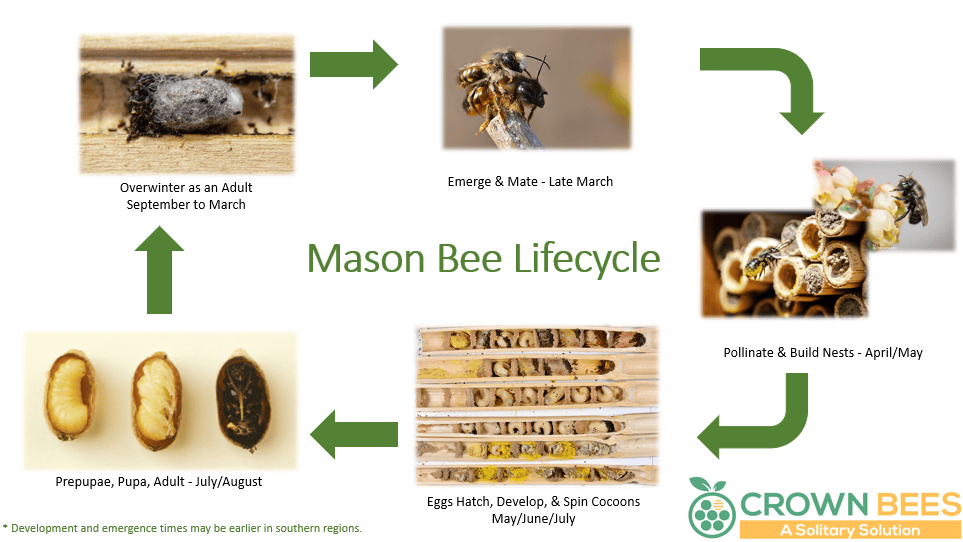
Mason bees hibernate in cocoons over winter and emerge in spring when temperatures reach 55°F (13°C). Their lifecycle is short but impactful:
- 4-6 weeks of activity – Mating, building nests, collecting food, and laying eggs.
- Males emerge first – 2-4 days before females. They mate immediately and die soon after.
- Females return to nest sites – After mating, they leave for a few days but return to lay eggs nearby.
💡 Tip: Placing cocoons in a bee house increases the chances of females nesting where you want them!
Mason bees are cavity-nesting insects that build nests in hollow plant stems or tunnels created by wood-boring insects. Gardeners can help support these vital pollinators by providing nesting materials like wood trays, cardboard tubes, inserts, or reeds.
Nest Selection & Construction
- Female mason bees carefully inspect multiple cavities, considering tunnel depth, diameter, and material.
- They prefer 6inch-deep tunnels with an 8mm diameter, sealed at the end to protect against predators.
- After selecting a suitable site, females gather materials and begin laying eggs.
Mud Walls & Egg Laying
- To build walls inside the reeds, females use clay-rich mud, creating individual spaces for each egg.
- Collecting mud requires 10 trips to nearby sources.
- Once the wall is complete, females forage for pollen and nectar, returning to deposit them in the nest and lay a single egg on the pollen loaf.
- Female eggs are placed at the back for protection, while male eggs are laid near the front.
- Once the cavity is full, females seal it with a thick mud cap for protection.
Pollination
As mason bees forage, pollen clings to their bodies, making them exceptional cross-pollinators! Each visit to a flower helps transfer pollen from one bloom to the next, boosting the health of your garden and beyond.
- Hatching: Mason bee eggs hatch in 1-2 weeks, and larvae begin feeding on pollen.
- Larvae Growth: Over the course of about a month, they grow and molt.
- Cocoon Formation: Larvae spin waterproof cocoons and enter a prepupal stage, lasting 1-3 months, depending on temperature.
- Storage: Bee raisers should store completed nests in natural outdoor temperatures during summer to allow for proper development.
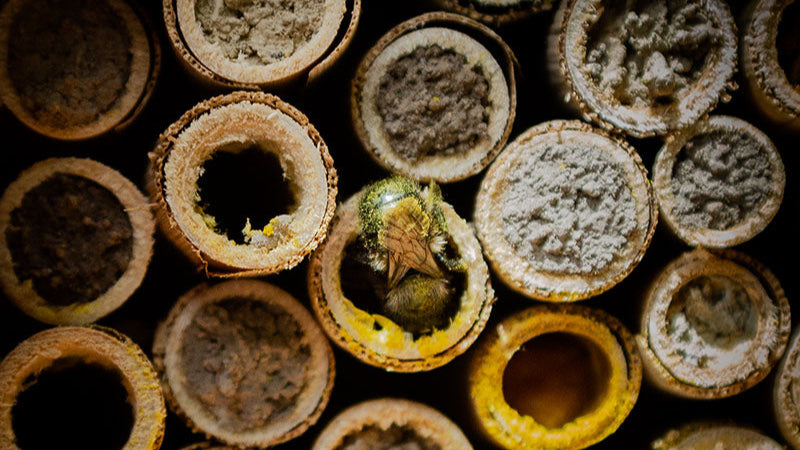
If you raised Mason bees last season, your cocoons should be safely stored in the refrigerator or an unheated garage.
Haven’t harvested yet? Expect about 6 cocoons for each filled nesting hole. Take inventory of your 8mm nesting holes—you’ll need about one hole per cocoon.
💡 Tip: Make sure to check that your nesting holes are free of debris and ready for the new season. Clean, open cavities will give your bees the best chance for a successful spring!
If you're new to raising bees, check out our Picking Your Mason Bee Ship Date guide to find the best time to order Mason bees.
Now is the perfect time to paint or stain your bee house—this gives it plenty of time to cure before the bees move in.
Bees Need Nesting Materials
To attract wild bees to your garden, offer nesting materials with various hole sizes (4mm to 9mm). Mason bees prefer 8mm holes. Use materials like lake reeds, wood trays, or cardboard tubes with inserts to create diverse nesting options. Bees thrive in holes that can be opened later to remove pests.
Clay Mud: Essential for Mason Bees
Mason bees are skilled architects! They use mud to build their nesting chambers and protect their offspring with a mud end-cap.
How to Prepare
- Location: Dig a hole with vertical walls 10–20 feet from your bee house for a mud source.
- Maintenance: Keep the mud moist and check it regularly to ensure it hasn’t flooded or dried out.
- Alternative: If you don’t have natural clay-rich mud, try our Mason Bee Mud Mix. For porous soil, consider using our Mud Box.
- Location: Avoid placing mud directly under your Mason bee house. It's hard for the small bees to carry it up!
Setting Up Your Bee House
Ensure your bees have a perfect home by following these steps:
- Placement: Attach your bee house to a stable object, such as a tree, fence, or wall.
- Sun Exposure: Face the bee house towards the morning sun to help warm up your bees.
- Height: Hang your bee house at head height for easy observation.
- BeePOP: Attach a BeePOP to the outside to help guide bees to their new home.
- Nesting Material:
Your neighbor's yard can impact yours in these two ways:
- They spray lawn treatments and other toxic sprays that have your bees fly elsewhere.
- They have an unhealthy bee house where they do nothing to the nesting material which causes pests to spread to your healthy bees.
Click this link for advice and handouts that you can give them for better bee raising in your own yard.
Once Mason bee activity stops, which can be as late as July, it's time to place the developing bees in a protected area.
Gently remove the nesting materials from the bee house and store them in a BeeGuard Bag or another tightly woven yet breathable mesh bag, with the mud-capped end facing up. The bag protects developing bees from pests and parasites.
Consider offering a varied set of nesting hole sizes to invite not just your buzzing bees but also some beneficial wasps to move in and join the fun! The more, the merrier for a thriving, pollinator-friendly garden!
Harvesting and Storing Your Mason Bee Cocoons
Harvesting Mason bee cocoons is key to maintaining their health by preventing disease and reducing pests. Clean, pest-free nesting holes will keep your bees happy and healthy for the next season.
When to Harvest:
Typically, it’s best to harvest your cocoons in October or November to prepare them for storage.
Share your cocoons with friends, and if you have enough, participate in our Bee Buy Back program where we buy your extra cocoons for cash or store credit.
After cleaning, store your Mason bee cocoons in the refrigerator until spring. While not natural, refrigeration helps preserve their energy through varying weather conditions and gardeners' varying schedules. Modern frost-free fridges can dry out the cocoons over time, so use the HumidiBee Cocoon Humidifier to prevent dehydration. Add a tablespoon of water each month to keep the cocoons hydrated.
To protect the cocoons from mold caused by spores from cheese or other sources, place the HumidiBee in a paper bag. If excessive mold develops, re-wash the cocoons in cool water, pat them dry, and mist with Clean Bee™ Solution. Also, clean the HumidiBee pads with warm, soapy water, dry, and spritz them with Clean Bee™ Solution.
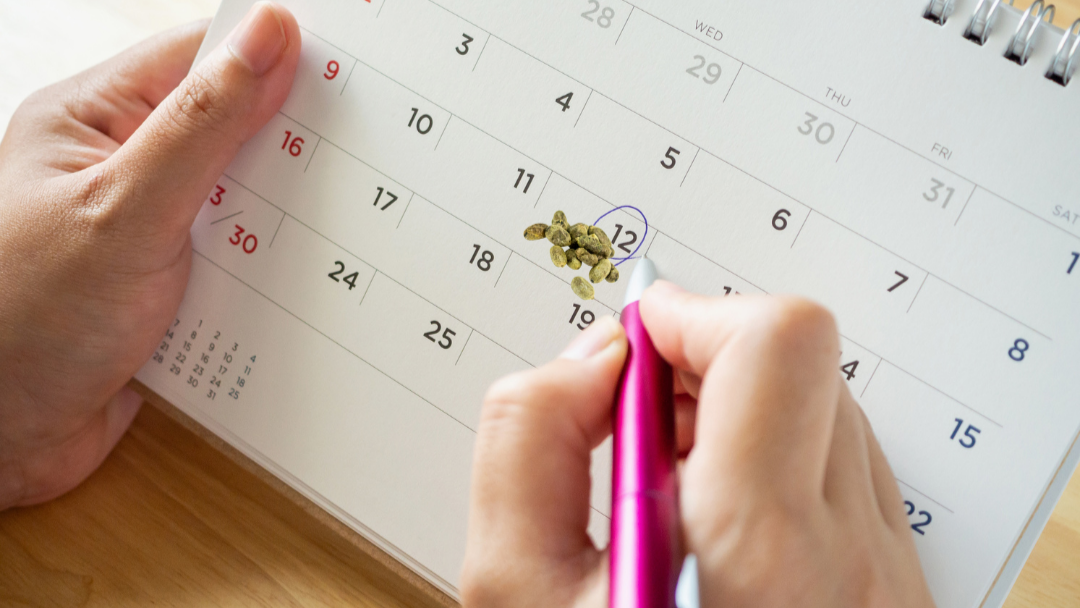
To estimate when spring temperatures will hit the mid 50’s, search "average monthly temps [YOUR CITY] online for references. After ordering, save the date on your calendar with your selected bee ship date.
We can update your cocoons shipment up to 7 days before your scheduled date. Simply select CHANGE MY BEE SHIP DATE from the HELP CENTER page.

Typically, you'll want to harvest your Spring Mason bees in October or November. To ensure we don't disrupt the development of the Spring bees, we recommend keeping capped materials in an area with natural outdoor temperatures until at least October. Learn more here.
Everything You Need to Get Started with Mason Bees!
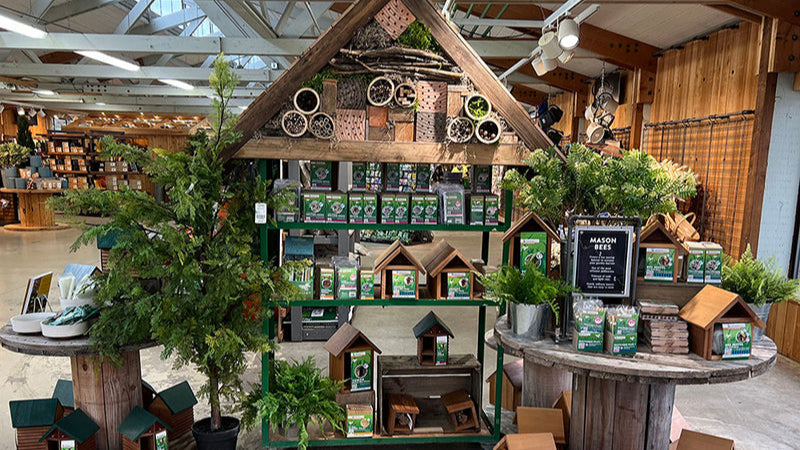
Crown Bees has a great selection of books and bee identification guides to help you learn the bees in your backyard!
iNaturalist is a free online tool where you're able to post your photos and many others will look to identify bee species.
Discover Life is a free online tool for species identification, climate impact tracking, and research participation.
Bug Guide is an online community where naturalists share insect photos from the U.S. and Canada, providing identification and summaries.



